The Networks of U.S. Governance
Anne-Marie Slaughter—
Since I write a great deal about networks, interviewers often ask me about Donald Trump’s network, pointing out that he “certainly seems to understand how to use a political network” in a way that bypasses mainstream media and pundits. That’s a fair question, but one that also reveals how little we understand the strategic design of networks for specific purposes. For Trump, it means the difference between using a network for campaigning and governing. For all of us, it means leaving tools on the table.
@RealDonaldTrump has 26.7 million Twitter followers. That is almost 12% of the entire U.S. population and a little under half of the nearly 63 million people who voted for him for President. He prefers to communicate directly with his voters via Tweet, choosing a direct broadcast medium rather than relying on other media. Holding rallies rather than press conferences is another example of the same strategy.
In 1964, a RAND Corporation researcher named Paul Baran was asked to design a communications system for the U.S. government that could withstand a nuclear attack. He came up with three basic network architectures that remain the foundation of network theory in multiple disciplines.
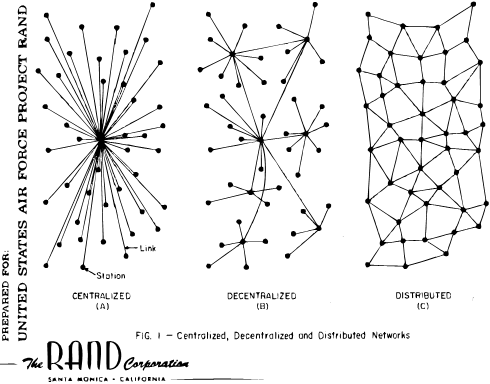
If we map the President and his Twitter followers as a network, it is one form of a star network—the centralized network depicted on the left. That kind of a network works very well for communication (at least as long as he does not need to hear back from his supporters in a two-way exchange). But it works very badly for mobilization of the kind necessary for effective action.
Howard Dean was actually the first politician to realize the direct broadcasting opportunities afforded by the Internet when he pioneered small donation campaigning. As political blogger Bill Scher reminds us, Dean “connected politics to the Internet,” with “the first campaign blog … the first online volunteer organizing operation, and the most successful online fundraising operation to date,” with 40% of his overall take coming from Internet donations.” Barack Obama built on this new model, building a mighty digital fundraising machine that depended on reaching his contributors and voters directly through social media, email, mobile phones, and his website.
But Obama added a design feature to his network that proved even more important for his 2008 campaign against Hillary Clinton and then John McCain. He moved from a star network to a decentralized pod or multi-hub network, as in the central figure above. The story is contested, but the Obama version is that through My.BarackObama.com, the digital community led by Facebook co-founder Chris Hughes, Obama volunteers developed their own Obama organizations—in the bottom-up community organizing spirit that was the campaign’s hallmark.
Micah Sifry, a co-founder of the Personal Democracy Forum and one of the gurus of “networked politics,” emphasizes the value of a mass platform that is actually “a thriving and intimate network of many little villages.” The neighborhood Obama parties and on-line Facebook groups created collective energy and capacity that a straight star network cannot do, as people draw strength and motivation from being connected to each other in relatively small groups. Both the Tea Party and now Indivisible have mastered this multi-hub structure—lots of smaller groups, each with a center, connected into one much larger network.
Unfortunately, the actual Obama administration disbanded—or at least disempowered—these communities once in office. Sifry sums up the change in one visual:
How did this…
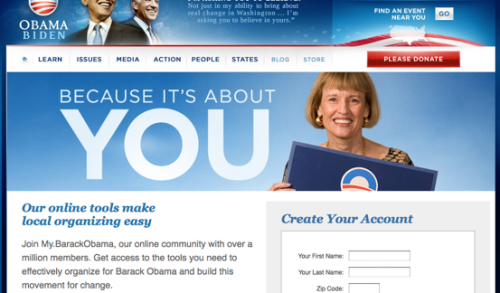
produce this?
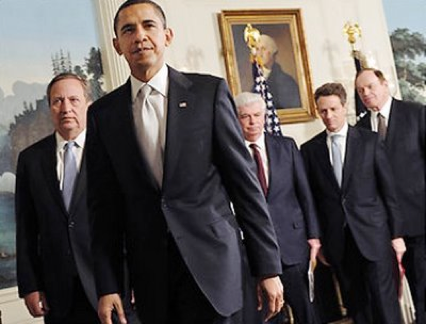
A multi-hub network must actually devolve power away from the center, and hence cede a degree of control, allowing the sub-communities to go off-message and come up with ideas of their own. Obama stopped nurturing them as vibrant contributors to his Presidency and indeed tried to line them up behind a central message; as a result, when he needed them to build support for things like Obamacare, he could not mobilize them.
That is likely also to be President Trump’s fate. He can himself lobby members of Congress to try to repeal Obamacare, and he can use his star network to whip up his supporters into outrage on Twitter and at rallies, but he does not actually have a network of supporters structured or led in such a way that it can mobilize community groups to influence legislators.
On the other side of the aisle, Democrats who are committed to resistance politics would do well to study distributed networks, the right-most example in the figure above. Indivisible is both a multi-hub network and a replication network, in the sense that a template is provided for any organizers anywhere who want to participate and start up their own group (think AA or TedX). But if the goal is to build resilience against Trump messages, then a better structure might well be a distributed mesh network, where people are deployed across the country in every possible community and indeed family to be designated questioners of the Trump narrative and providers of “alternative facts” that actually speak to the truth of the people and policies that can help Americans looking for change.
We live in an age in which many virtues and vices flow from being connected, disconnected, or misconnected. But connections are not random—or at least they do not need to be. We can be as deliberate and successful about designing networks for specific purposes as we are about designing anything else. All we need are strategies of connection.
Anne-Marie Slaughter is President and CEO of New America, former Director of Policy Planning at the U.S. State Department, and former Dean of Princeton’s Woodrow Wilson School of Public and International Affairs. Her previous books include A New World Order and Unfinished Business: Women Men Work Family, named one of the best books of 2015 by the Washington Post, the Economist, and NPR. She lives in Princeton, NJ.























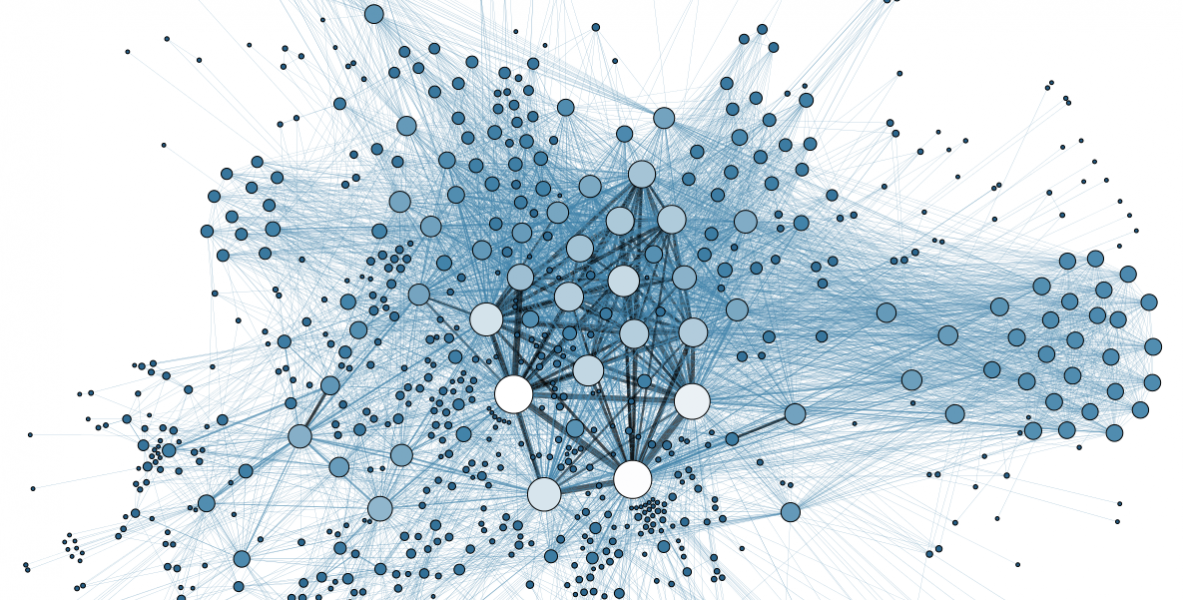
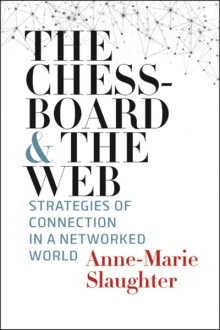

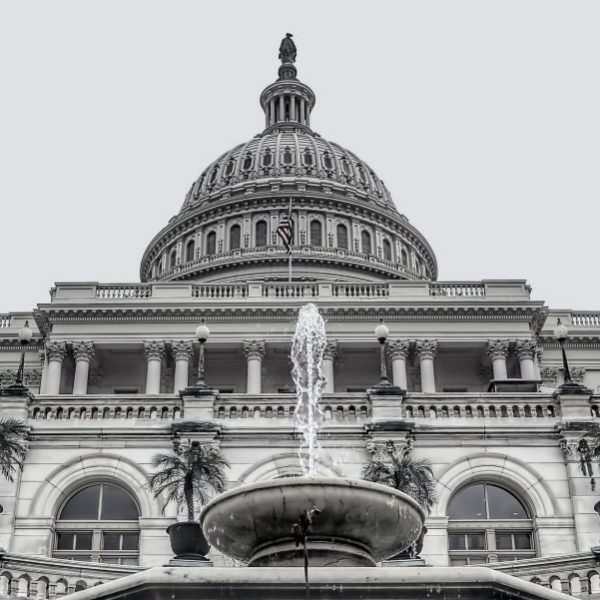

“That is likely also to be President Trump’s fate. He can himself lobby members of Congress to try to repeal Obamacare, and he can use his star network to whip up his supporters into outrage on Twitter and at rallies, but he does not actually have a network of supporters structured or led in such a way that it can mobilize community groups to influence legislators”
Nice analysis. However, the conclusions drawn about Trump have missed the mark.
Trump is indeed a Twitter/social-media and Trad-media star, in every sense of the word star.
Trump is also one who eventually…masters the ability to leverage existing installed capability, although the learning process may be far from elegant…
Starting as a rabid, firebrand outsider, Trump is well on the way to becoming a new hybrid type, a Quantum President, one who is simultaneously completely in and out of the Swamp at the same time.
That mercurial quantum quality provides Trump with the ability to leverage his Star-star network, whilst at the same time leveraging every form of network present in the The Swamp Conurbation.